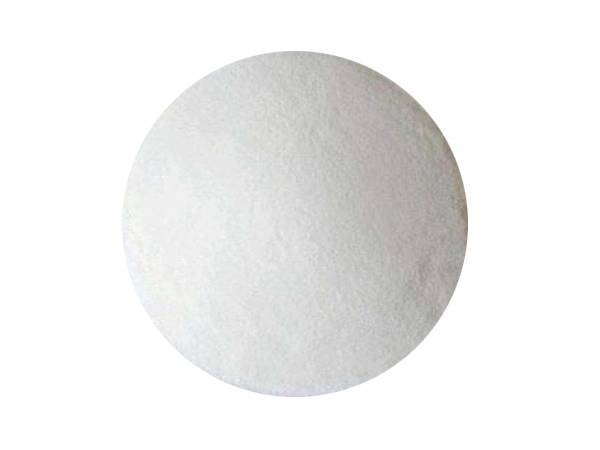



Understanding the Nitrogen Content in Calcium Ammonium Nitrate Fertilizers
Understanding Calcium Ammonium Nitrate and Its Nitrogen Content
Calcium ammonium nitrate, commonly abbreviated as CAN, is a widely used fertilizer that plays a vital role in modern agriculture. Its composition consists of calcium, nitrogen, and ammonium, making it an essential nutrient source for a variety of crops. This article explores the significance of calcium ammonium nitrate, emphasizing its nitrogen content and how it benefits agricultural practices.
Composition and Structure
Calcium ammonium nitrate is a granular fertilizer that contains approximately 27% nitrogen by weight. This nitrogen is highly sought after because it is available in both nitrate (NO3-) and ammonium (NH4+) forms. The dual nature of nitrogen in CAN allows plants to absorb it efficiently. The nitrate form is quickly available for uptake, whereas the ammonium form offers a slower release, providing a steady supply of nitrogen over time. Additionally, CAN contains around 10% calcium, which contributes to soil health and improves plant resilience.
Importance of Nitrogen
Nitrogen is a critical nutrient in plant development, playing a decisive role in various physiological processes. It is a key component of amino acids, the building blocks of proteins, and is essential for the synthesis of chlorophyll, which is vital for photosynthesis. Adequate nitrogen levels promote vigorous growth, lush green foliage, and overall plant vitality. However, nitrogen deficiency can lead to stunted growth, yellowing of leaves, and reduced crop yields.
Application of Calcium Ammonium Nitrate
calcium ammonium nitrate nitrogen content

Farmers often apply calcium ammonium nitrate in a range of agricultural contexts due to its effectiveness and versatility. It is suitable for various crops, including cereals, fruits, vegetables, and forage crops. CAN can be applied through broadcasting, banding, or as a top-dressing, depending on the crop type and growth stage. This flexibility makes it a preferred choice for many agriculturalists.
One of the significant advantages of using calcium ammonium nitrate is its low hygroscopic nature, which means it does not absorb moisture from the air easily. This characteristic allows it to remain free-flowing and easy to apply, even under humid conditions. Moreover, the calcium content in CAN helps improve soil structure and promotes better root development, further enhancing plant growth and nutrient uptake.
Environmental Considerations
While calcium ammonium nitrate is an effective fertilizer, it is imperative to use it judiciously to minimize environmental impact. Overapplication of nitrogen fertilizers can lead to nitrogen leaching into water bodies, causing eutrophication, which damages aquatic ecosystems. Therefore, adherence to recommended application rates and timing is crucial.
Farmers are encouraged to conduct soil tests to determine existing nitrogen levels and nutrient needs. This practice not only optimizes crop yields but also reduces the risk of environmental degradation. By integrating precision agriculture techniques, such as variable rate application, farmers can ensure that the right amount of CAN is applied precisely where it is needed.
Conclusion
Calcium ammonium nitrate is a vital agricultural input that provides crops with essential nitrogen and calcium. Its dual nitrogen sources ensure that plants receive the nutrients they need for optimal growth while improving soil health. However, to maximize its benefits and minimize environmental risks, careful management practices should be employed. As agriculture continues to evolve, the responsible use of fertilizers like calcium ammonium nitrate will play a crucial role in sustaining crop production and ensuring food security for future generations.
-
Why Sodium Persulfate Is Everywhere NowNewsJul.07,2025
-
Why Polyacrylamide Is in High DemandNewsJul.07,2025
-
Understanding Paint Chemicals and Their ApplicationsNewsJul.07,2025
-
Smart Use Of Mining ChemicalsNewsJul.07,2025
-
Practical Uses of Potassium MonopersulfateNewsJul.07,2025
-
Agrochemicals In Real FarmingNewsJul.07,2025
-
Sodium Chlorite Hot UsesNewsJul.01,2025










